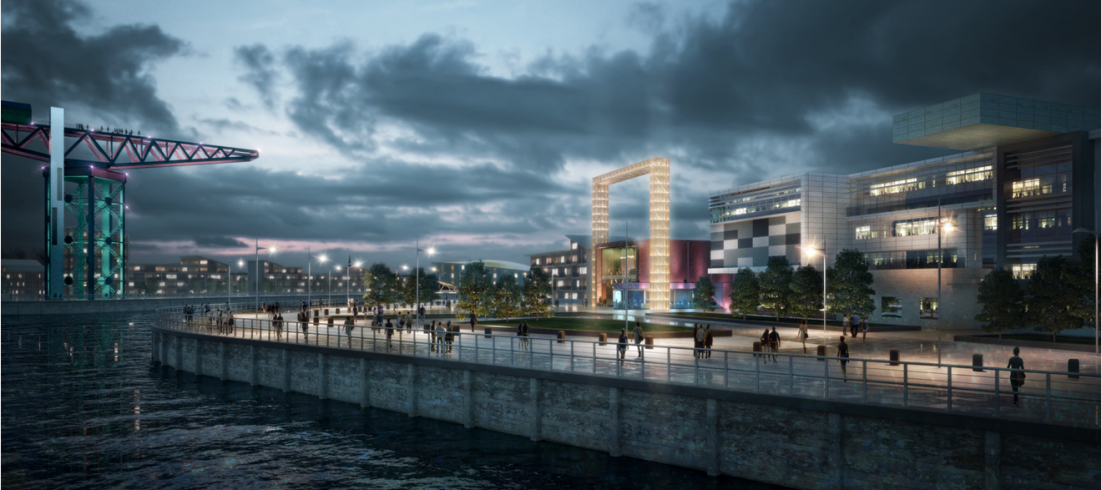Salaries:
Councillor salaries are set by Scottish Parliament legislation. All basic councillors across Scotland receive the same amount as per the legislation. Each council is also graded depending on size between four categories A to D. The category is determined by the total number of councillors in the local authority.
The category that each council falls into determines the number of senior councillors that each individual council receives. So a senior councillor in Glasgow, the biggest council in Scotland, is deemed to have greater responsibility than a senior councillor in Clackmannanshire Council, which is the smallest local authority in Scotland. The Scottish Government funding to councils reflects the level of responsibility the senior councillors hold.
The Scottish Government legislation also sets out the rates for the civic head/ convenor. In West Dunbartonshire the Convenor of the Council is the Provost. The legislation also sets out the remuneration for the Leader of each Council based on the four categories within the legislation.
In simple terms a small council like Clackmannanshire will carry out the same range of services and duties as our largest council, Glasgow City Council. However, the Scottish Government legislation recognises the different level of responsibility that individual councillors may have due to the size of the local authority.
Expenses:
Council Leader Martin Rooney said:
“The total individual expenses of all 22 West Dunbartonshire Councillors was £16,126. This works out an average of £733 each year, per Councillor or £61 per month and includes, travel, telephone and subsistence. Eight Labour Councillors have claimed less than the £733 average. Most of the Labour Administration Councillors reimbursed expenses relate to travel as they have a requirement to attend COSLA meetings and other events relating to their convenorships. Although I haven’t personally submitted any claims over the last year, the costs of my travel to Edinburgh of £298 have been met using a council purchase card that I was issued with for this purpose. The Council also provides all elected members with a mobile phone. Last year my council phone bill totalled £298, which works out as £5.73 per week for council business. Occasionally, some councillors are required to attend a conference as part of their public responsibilities, the additional travel expenses and any overnight costs for a hotel are legitimate business expenses that can be recovered by the individual Councillor.”
A spreadsheet showing individual West Dunbartonshire Councillors expenses claimed/reimbursed is below:
2015-2016 Councillor Expenses – Individuals
Scottish Government Guidance:
http://www.gov.scot/Publications/2010/04/12120139/2




